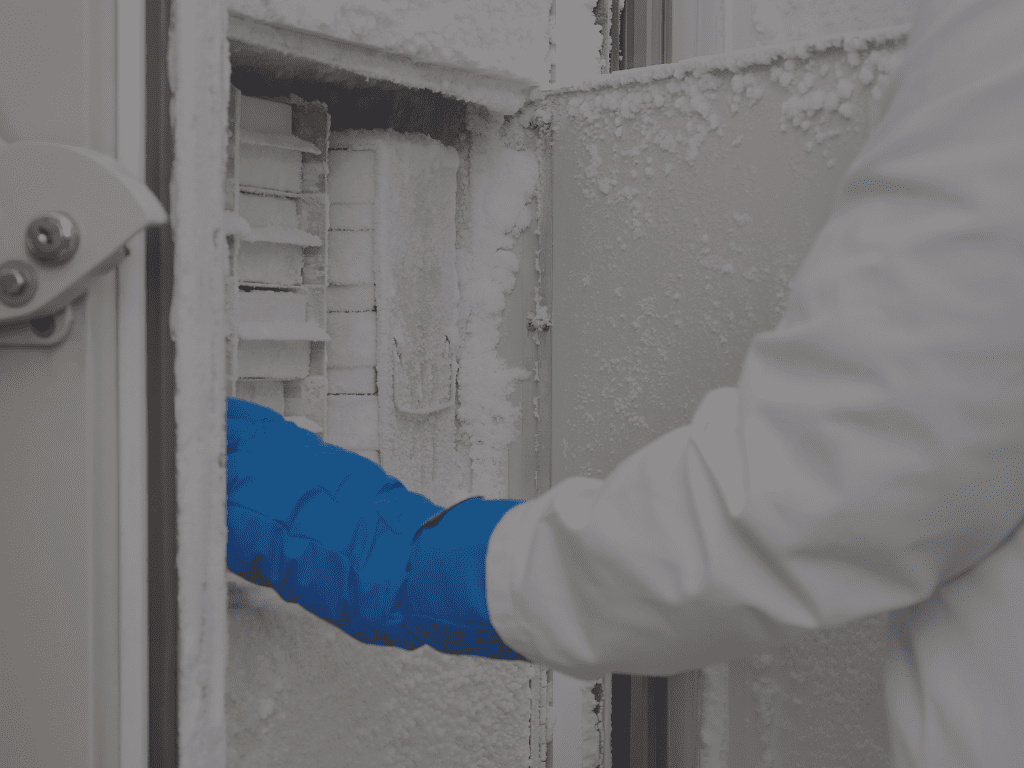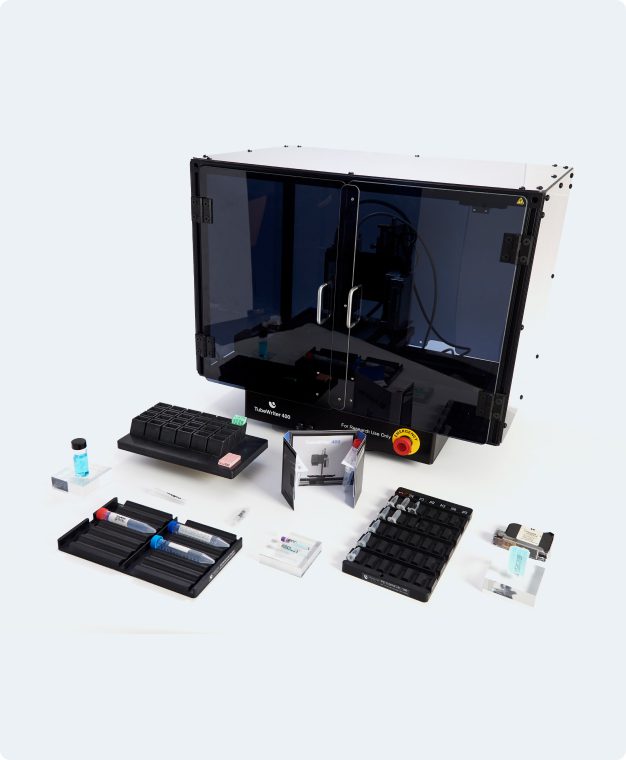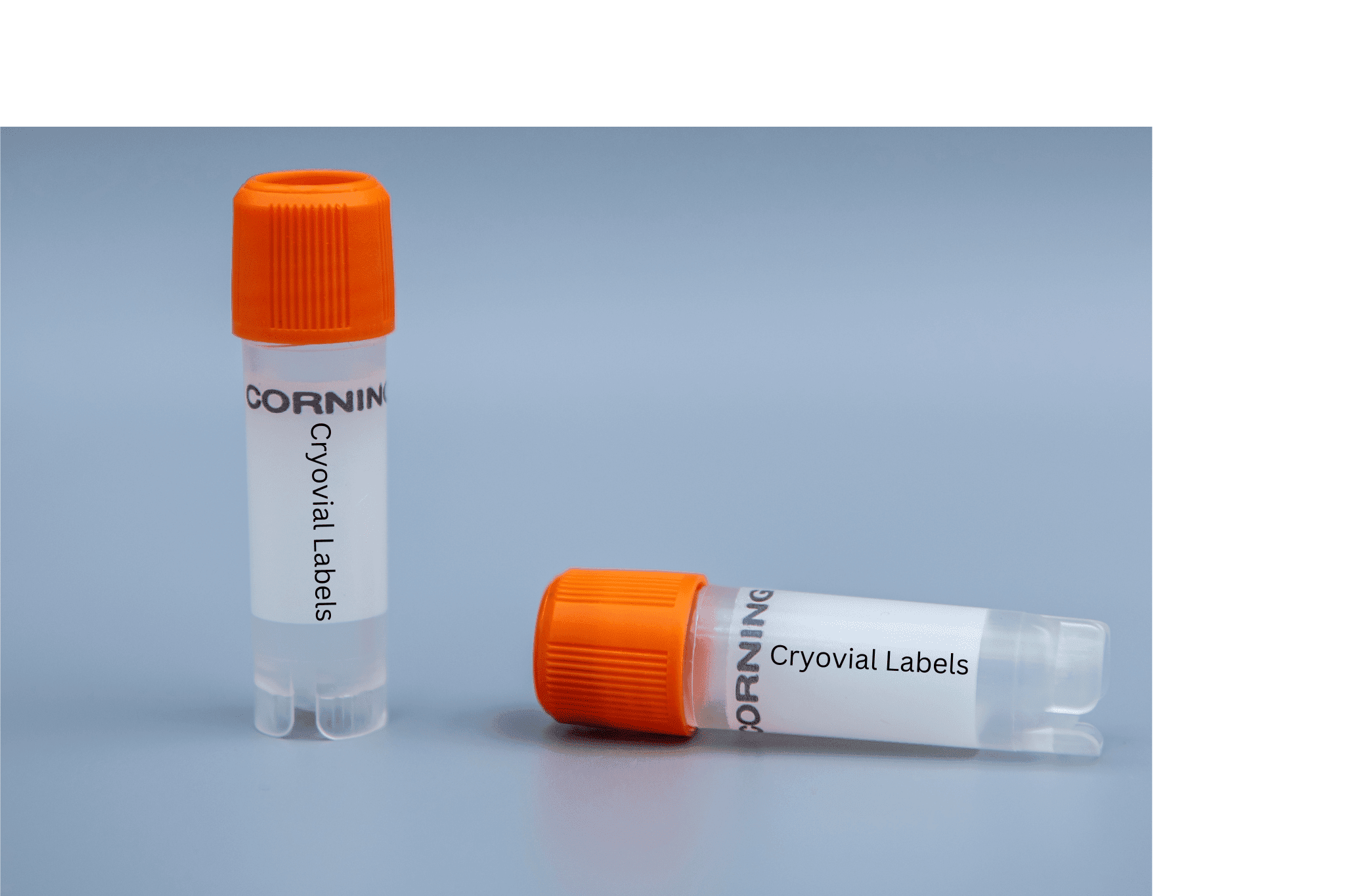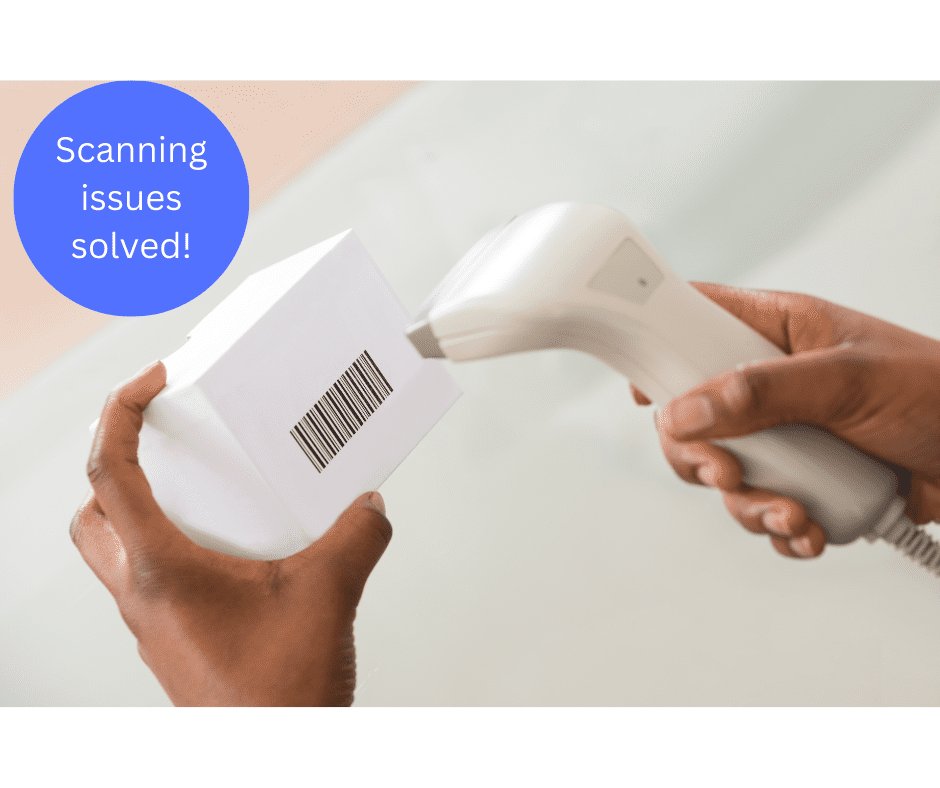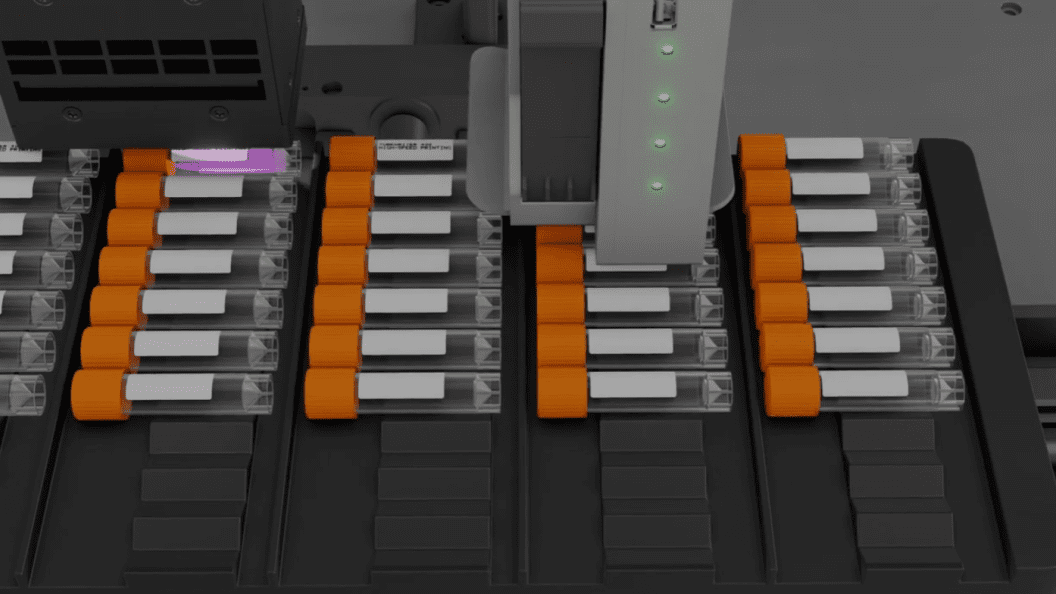Biorepositories are an essential part of modern scientific research, and are often home to hundreds of thousands, if not millions, of specimens. Sample integrity is paramount, which is why readable and resilient labels are crucial. Here are four ways in which biorepositories can benefit from using TubeWriter’s direct labeling solution.
4 Reasons Biorepositories Love TubeWriter
Versatile Labels
Biorepositories have commonly adopted 2D barcodes on specimen labels. In such a highly automated and efficient environment, it makes perfect sense to condense all of the specimen data into a barcode that you can easily and quickly read with a barcode scanner. However, once the specimens leave the biorepository for research facilities, that information may not be easily accessible to scientists.
Outside labs don’t always have access to barcode scanners and the database associated with the barcodes. This is why it is essential to also label vials with human readable labels. In addition to barcodes, which are great within biorepositories for internal use, TubeWriter can print several lines of text on vials (and any other labware), including any necessary identifiers for external labs.
You can use TubeWriter to complement pre-labeled 2D barcoded tubes with human readable text, but it is also able to print a variety of styles of standard barcodes. TubeWriter’s versatility is what really sets it apart from other labeling options. It is able to print on any sample storage container and this is accomplished quite easily without any reprogramming of the instrument.
This way biorepositories can use TubeWriter as a fast and efficient replacement for buying pre-labeled tubes or containers.
Related Read: The Role of Biobanks in Improving Sample Integrity
Simple LIMS Integration
The scale and variety of specimens stored in a biorepository requires a robust laboratory information management system (LIMS) to ensure that samples are easily accessible when needed. This means that you can quickly and accurately label individual tubes or entire batches of samples with all the information they need, from sample type and collection date to patient ID and study protocol.
TubeWriter uses a CSV export from LIMS rather than a formal software integration so it doesn’t require administrator or IT involvement. The universality of a CSV file means that you can easily use TubeWriter whether you use a third-party LIMS or a homegrown solution. All you need to do is export the file from your LIMS, upload it into TubeWriter’s software and hit print.
Durable Labeling
Biorepository specimens are often stored for long periods of time at very low temperatures, which can make traditional adhesive labels vulnerable to damage or detachment. If labels become unreadable or fall off, it can lead to the loss or misidentification of samples. TubeWriter uses UV curable ink to ensure that each label is printed directly on the vial, with no smudging or fading over time. These labels can withstand exposure to reagents and storage at -80 degrees Celsius in liquid nitrogen.
A durable label that can withstand extreme temperatures, exposure to reagents, and other stresses can help ensure that samples remain correctly labeled and identifiable throughout their storage period and beyond. This helps to prevent errors and ensure the accuracy of scientific research. Additionally, durable labels can also facilitate the tracking and organization of samples, which can be essential for efficient laboratory operations.
Related Read: Labeling Frozen Tubes and Cryovials
Speed & Efficiency
One of the key advantages of using TubeWriter is its ability to accelerate the time-intensive manual tasks of labeling. This is especially beneficial in biorepositories where prompt sample processing is crucial to uphold sample integrity. Biological specimens may be exclusive and irreplaceable, elevating the expenses associated with processing mistakes. TubeWriter can print on up to 2,500 per hour, which means that even large batches of samples can be labeled in a matter of hours, rather than days or weeks. This makes it an excellent choice for busy biorepositories that need to process a large volume of samples on a regular basis.
Labeling automation not only substantially expedites the time-consuming procedure of applying adhesive labels, but also eliminates the likelihood of human error, which can be prevalent in repetitive high-volume tasks. By automating the labeling process with TubeWriter direct printer and a LIMS integration, labels can be produced in large quantities that are not only readable but you don’t have to worry about the wrong sticky label being applied to a sample. This can also help to reduce staff burnout and churn from repetitive manual tasks.
TubeWriter for Biorepositories
Biorepositories play a critical role in modern scientific research, and the TubeWriter is an essential tool for any biorepository that stores and organizes large volumes of biological samples. By providing a fast, flexible, and accurate way to label tubes and vials that also withstands extreme temperatures, TubeWriter makes it possible for researchers to access the information they need quickly and efficiently, ultimately leading to more effective and impactful scientific discoveries. For more information on TubeWriter, visit our specs page or book a demo with our team.

